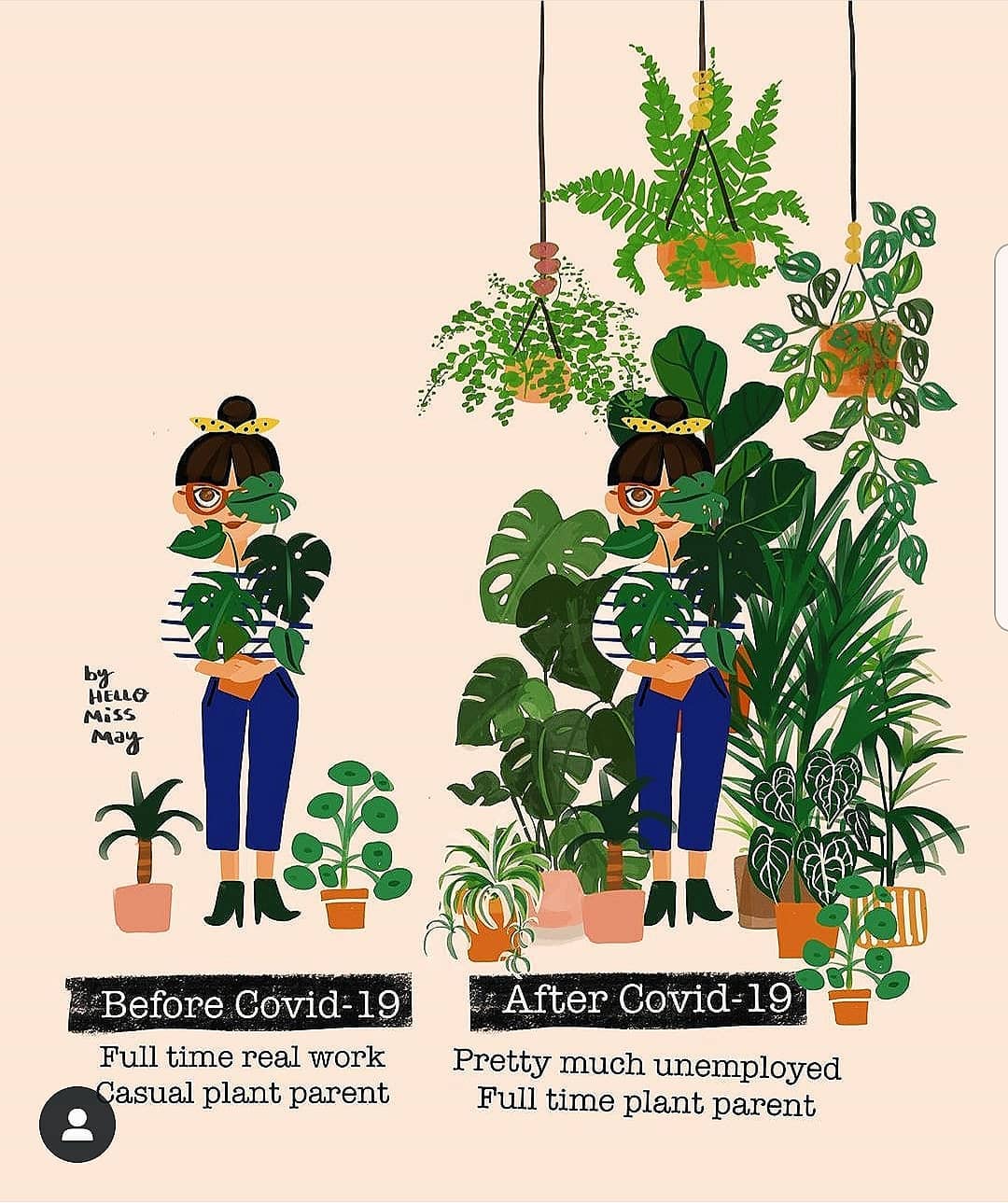Habitat is the first thing you need to know
For Calathea, this is a rainforest. Because it is commonly known for being a rainforest plant.
Now, for Calathea to thrive, you need to recreate a rainforest environment in your home. This will make the plant look and behave the way it should in a rainforest, and then you have a beautifully healthy plant that really shouldn't have any problems.
In natural conditions, they usually sit next to the forest floor. Thus, they are in a rather humid and warm environment, and they are not exposed to direct sunlight, they receive very point light. And this is actually one of the reasons why the underside of the leaves of many Calathea is purple.
How do we know if our environment is right for this plant?

For example, you can use an oblique thermometer humidity meter that shows how humid it is in your home as well as the temperature in your home. In the summer months, your house is usually more humid.
- Get a humidifier
- Humidity over 40%
- Temperature at least 17 degrees Celsius
The assortment and selection of humidifiers are very large. It all depends on the criterion that you will be guided by when choosing a device, this is the coverage area, technical characteristics, and functional features.
Spray bottle as an analog of a humidifier
If you don't want to mess around with choosing a humidifier, then there is an easier and cheaper option for you - it's just a spray bottle.
There is nothing in it except just a splash of water. But if you spray it on Calathea leaves in the morning, moisture will obviously surround the plant and help it create its own microclimate with its own little bubble of moisture.
Watering is another important thing for your Calathea
It is very important to water the Calathea with distilled or filtered water. And you may need a simple filter. So, you keep it in the fridge or somewhere else, you pour in tap water and it filters out the fluoride that appears to be in the water. It filters out a lot of impurities and makes your plant much healthier because if you go back to the rainforest concept, that is exactly what we are trying to recreate in the house.
Calathea really does not have such water, in the rainforest they get rainwater. And if you have the ability to harvest rainwater to water your plant, great, use that. And you will see a big difference in your plant if you don't.
You may be wondering what will happen if you don't, you may see the darkening of the tips of the plants. Therefore, to avoid crunching the ends, use filtered water, and keep the water at room temperature or higher. If you give them cold water, they can drop their leaves, because the water shocks the root system. If you are in doubt about a rainforest, think about the conditions under which the water is not cold there, it will probably get warm by the time it reaches the soil and plant roots.
Watering probe, is it really an irreplaceable thing?
If you are having trouble watering, insert the probe into the plant. This probe will show you how wet and dry soil really is. And this can be recommended for several reasons.
One of the main reasons for this is the understanding of the term humidity. Some people think it is hardly even wet as if it is that close to drying, some think for something wet it is actually closer to the wet side. So the way to get around this is to use a meter. When you water the plant for the first time, the meter will show moisture. Watering is necessary when the dial begins to touch the red zone.
Adaptation and selection of the pot
When you bring Calathea home, it seems like it grows very well in baby pots anyway. But you stress the plant when you bring it home, wherever it is sold to you. And, undoubtedly, the conditions in which you bought it are very different from those in your home. So, your plant should adapt to its new environment in a week or two.
And so...
The above rules apply to any houseplant you buy. Because your main task is to try to recreate the conditions in which the plant will grow. The more you recreate these conditions, the healthier your plant will become and the longer it will last.
But last but not least is to carefully study the type of Calathea you are going to buy or may have already bought. Because to be honest, not all Calathea are equal and it is much more difficult than others.
